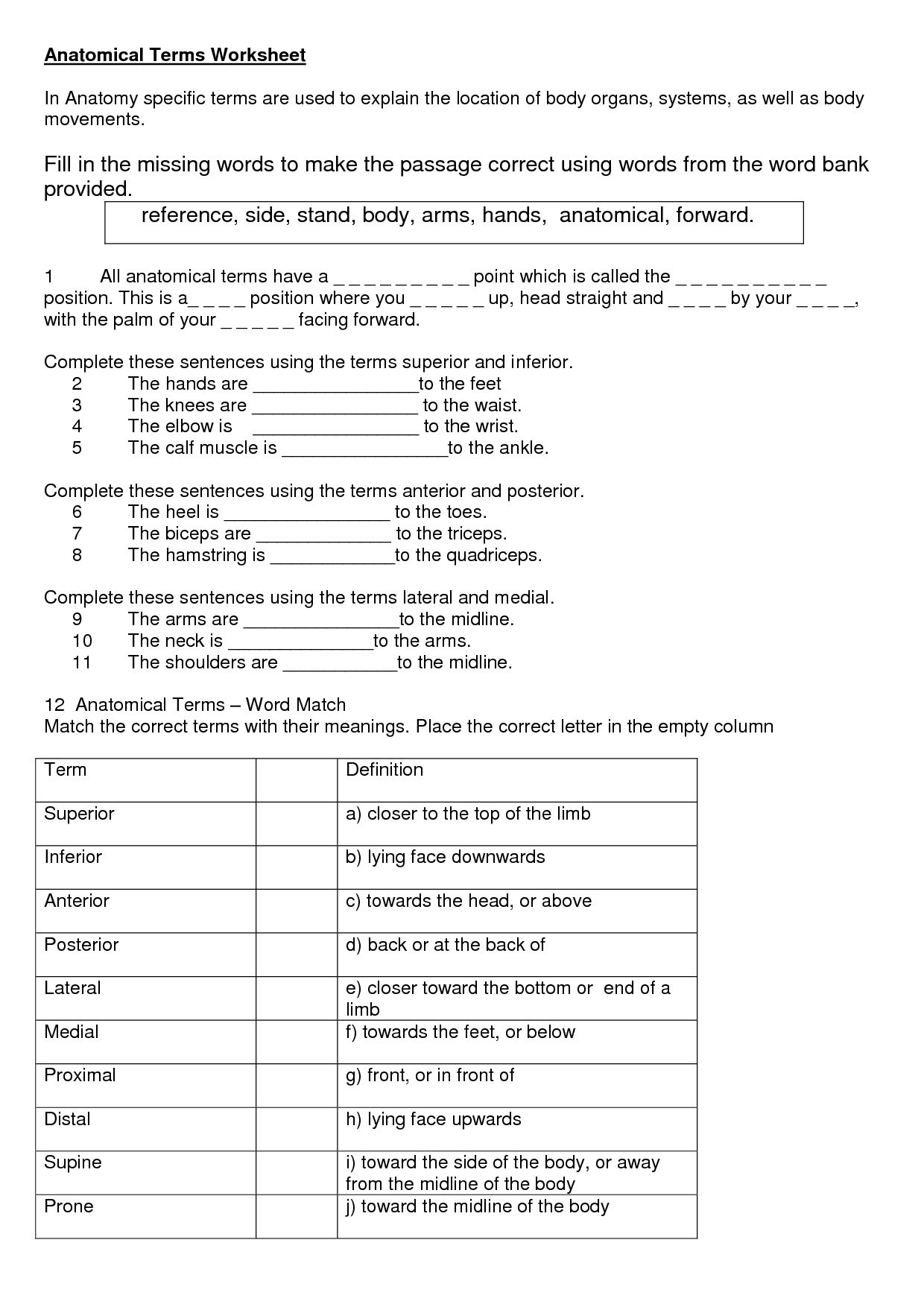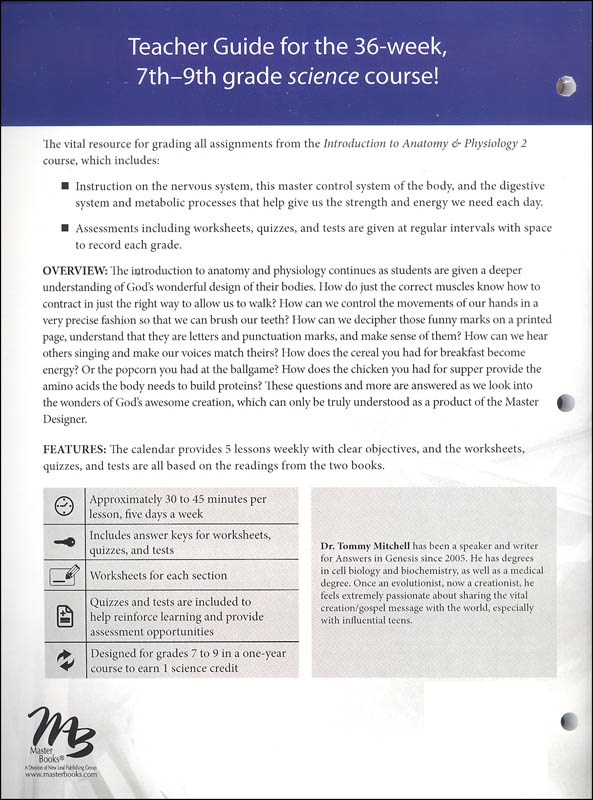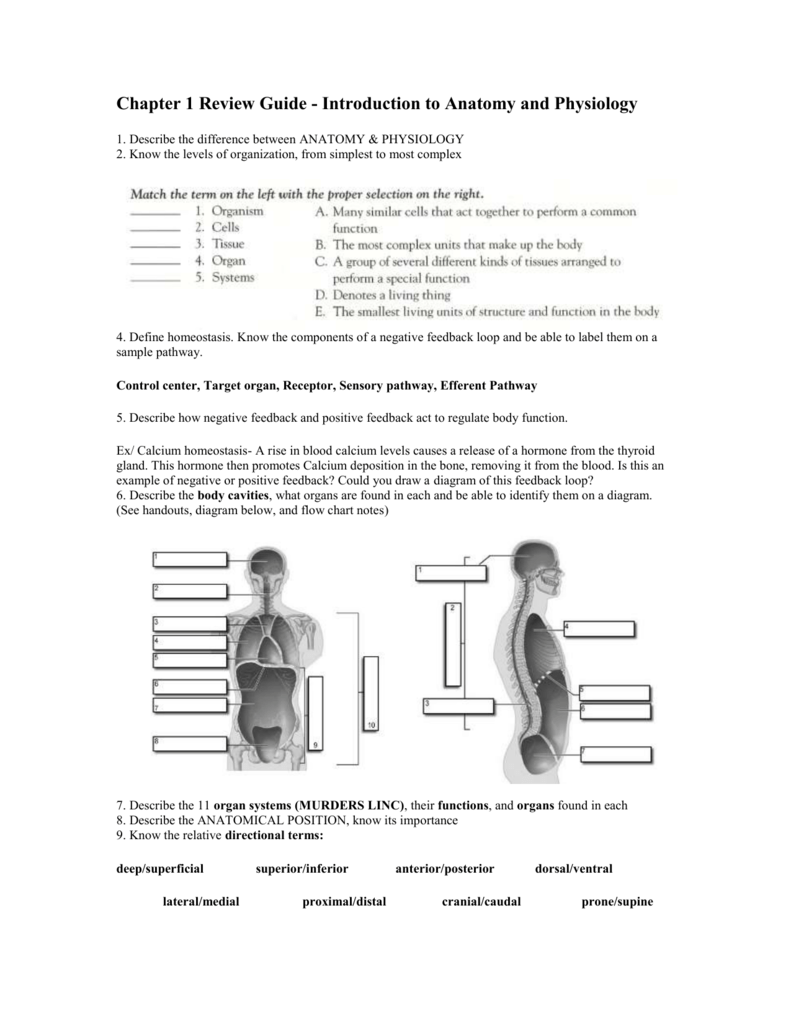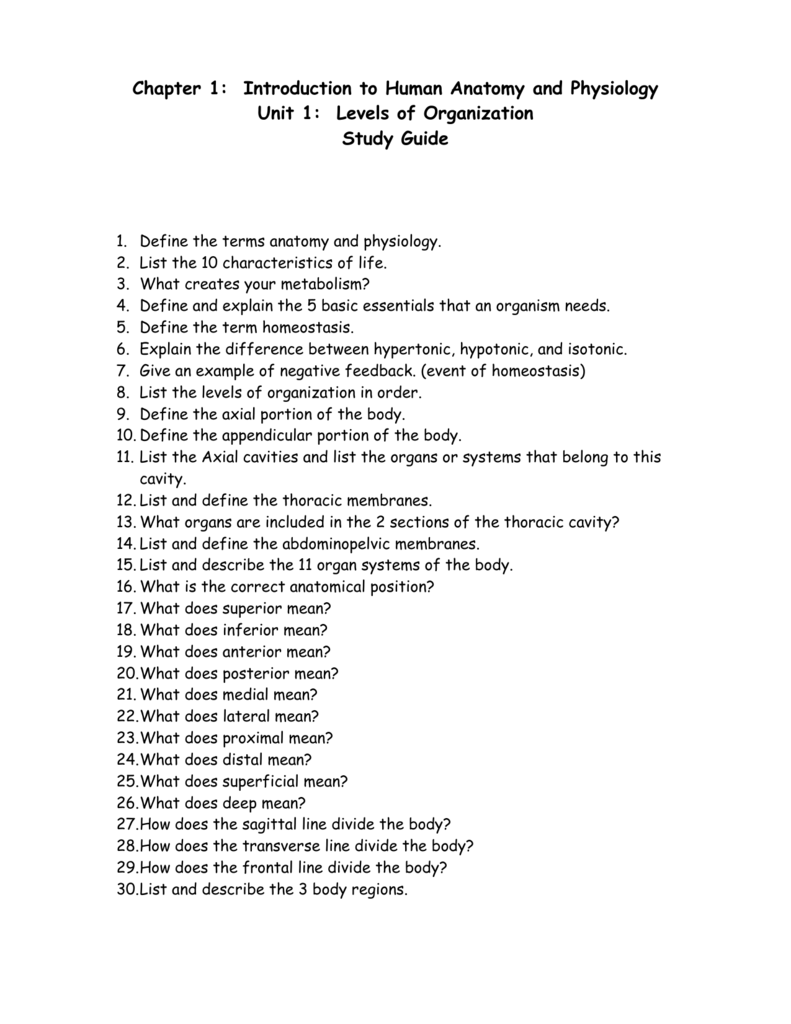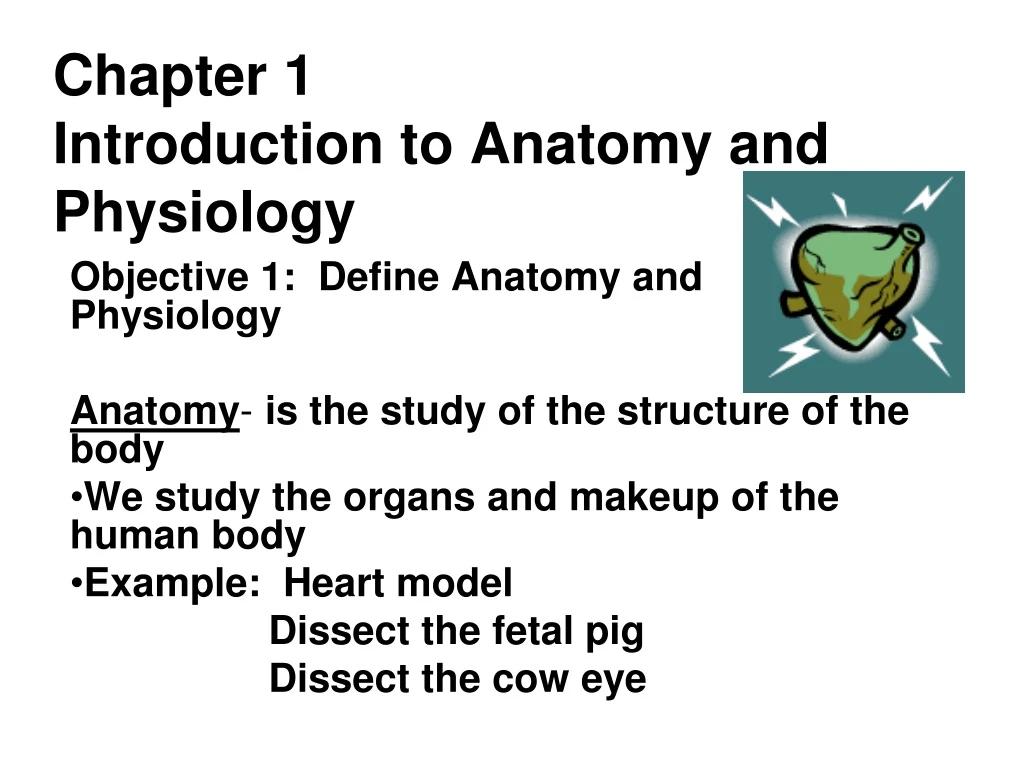Chapter 1 Introduction To Human Anatomy And Physiology Answer Key
Chapter 1 Introduction To Human Anatomy And Physiology Answer Key - Therefore, molecules combine to form cells, cells combine to form tissues, tissues combine to form organs, organs combine to form organ systems, and organ systems combine to form organisms. Introduction to anatomy and physiology section 1.1: Bone tissue and the skeletal system ; Consists of kidneys, urinary bladder & ducts, eliminates metabolic waste. 1.2 structural organization of the human body ; Deals with the structure (morphology) of the body and its parts. Connect, support bind, strengthen and protect. Makes up the main axis of our body, includes the head, neck, and trunk. The language of anatomy and physiology section 1.4: Human anatomy includes the study of homeostasis.
1.2 structural organization of the human body ; Introduction to human anatomy and physiology student study outline answers. Heart pumps blood through vessels, blood carries oxygen and nutrients to cells and carries co2 and wastes away. Makes up the main axis of our body, includes the head, neck, and trunk. Chapter 1 student study outline answers (59.0k) textbook resources. Web study with quizlet and memorize flashcards containing terms like anatomy, physiology, example how the structure of the cell determines its function and more. Consists of kidneys, urinary bladder & ducts, eliminates metabolic waste. 1.2 structural organization of the human body ; Blood, heart, and blood vessels. Therefore, molecules combine to form cells, cells combine to form tissues, tissues combine to form organs, organs combine to form organ systems, and organ systems combine to form organisms.
Web higher levels of organization are built from lower levels. Introduction to human anatomy and physiology student study outline answers. Heart pumps blood through vessels, blood carries oxygen and nutrients to cells and carries co2 and wastes away. Web hole's human anatomy and physiology (shier), 13th edition chapter 1: Makes up the main axis of our body, includes the head, neck, and trunk. Web fundamental division of our body. Chapter 1 student study outline answers (59.0k) textbook resources. Bone tissue and the skeletal system ; Consists of bones, forms the framework of the body. Blood, heart, and blood vessels.
Chapter 1 Introduction to Human Anatomy and Physiology Worksheet
Connect, support bind, strengthen and protect. 1.4 requirements for human life ; How to succeed in your anatomy and physiology course section 1.2: Web fundamental division of our body. An introduction to the human body ;
Chapter 1 Introduction to Human Anatomy & Physiology BP101T SEM 1
Fundamental division of our body. Three components of homeostatic mechanism. Introduction to anatomy and physiology section 1.1: An introduction to the human body ; Introduction to human anatomy and physiology student study outline answers.
Unit 7 Cardiovascular System Student Worksheet Answer Key
Core principles in anatomy and physiology The language of anatomy and physiology section 1.4: Human anatomy includes the study of homeostasis. Web study with quizlet and memorize flashcards containing terms like anatomy, physiology, example how the structure of the cell determines its function and more. 1.3 functions of human life ;
Introduction to Anatomy & Physiology 2 Teacher Guide Master Book
Web fundamental division of our body. Fundamental division of our body. Consists of kidneys, urinary bladder & ducts, eliminates metabolic waste. Introduction to human anatomy and physiology. Covers the body surface and lines body cavities and gastric glands.
Introduction to Anatomy & Physiology 2 Teacher Guide Master Book
Web fundamental division of our body. Covers the body surface and lines body cavities and gastric glands. Web higher levels of organization are built from lower levels. Overview of anatomy and physiology section 1.3: Tendency of an organism to maintain a stable internal enviornment.
Chapter 1 Introduction To Human Anatomy And Physiology Study Guide
Maintain physical boundaries (external and internal), movement (external and molecular), responsiveness, digestion, metabolism, excretion (eliminating waste), reproduction, growth and. 1.3 functions of human life ; Human anatomy includes the study of homeostasis. How to succeed in your anatomy and physiology course section 1.2: The tissue level of organization ;
Anatomy Review guide Unit1
Web terms in this set (35) anatomy. Web anatomy & physiology 1. Web hole's human anatomy and physiology (shier), 13th edition chapter 1: 1.3 functions of human life ; How to succeed in your anatomy and physiology course section 1.2:
Final introduction of human anatomy physiology by Sohan Patel, Modasa
Relating to the limbs and their attachments to the axis. Connect, support bind, strengthen and protect. Web higher levels of organization are built from lower levels. Blood, heart, and blood vessels. 1.4 requirements for human life ;
Chapter 1 Introduction To Human Anatomy And Physiology Study Guide
Overview of anatomy and physiology section 1.3: The language of anatomy and physiology section 1.4: Heart pumps blood through vessels, blood carries oxygen and nutrients to cells and carries co2 and wastes away. 1.2 structural organization of the human body ; Covers the body surface and lines body cavities and gastric glands.
PPT Chapter 1 Introduction to Anatomy and Physiology PowerPoint
Three components of homeostatic mechanism. 1.1 overview of anatomy and physiology; Introduction to human anatomy and physiology student study outline answers. Introduction to human anatomy and physiology. Maintain physical boundaries (external and internal), movement (external and molecular), responsiveness, digestion, metabolism, excretion (eliminating waste), reproduction, growth and.
Three Components Of Homeostatic Mechanism.
Tendency of an organism to maintain a stable internal enviornment. 1.3 functions of human life ; Fundamental division of our body. 1.1 overview of anatomy and physiology;
Heart Pumps Blood Through Vessels, Blood Carries Oxygen And Nutrients To Cells And Carries Co2 And Wastes Away.
The language of anatomy and physiology section 1.4: 1.3 functions of human life ; Web study with quizlet and memorize flashcards containing terms like anatomy, physiology, example how the structure of the cell determines its function and more. Maintain physical boundaries (external and internal), movement (external and molecular), responsiveness, digestion, metabolism, excretion (eliminating waste), reproduction, growth and.
Overview Of Anatomy And Physiology Section 1.3:
Introduction to human anatomy and physiology. Consists of bones, forms the framework of the body. Blood, heart, and blood vessels. Covers the body surface and lines body cavities and gastric glands.
The Organization Of The Human Body Section 1.5:
Bone tissue and the skeletal system ; Web human anatomy is the scientific study of the body’s structures. Web a tissue is formed by similar cells that combine together and perfom a common function. Deals with the structure (morphology) of the body and its parts.


